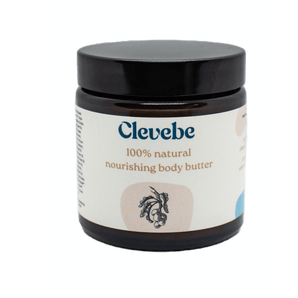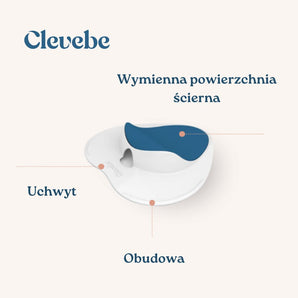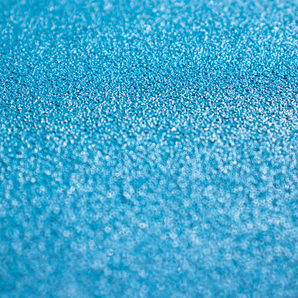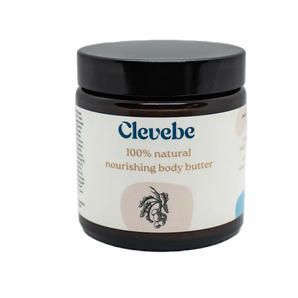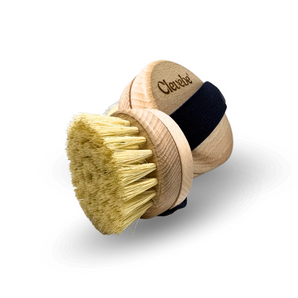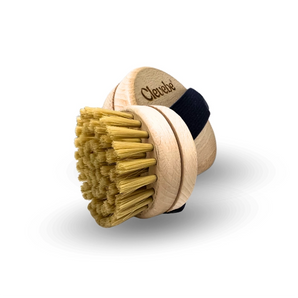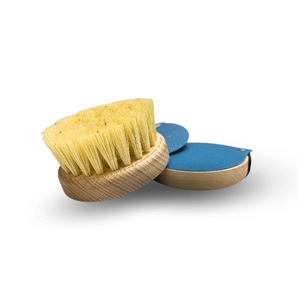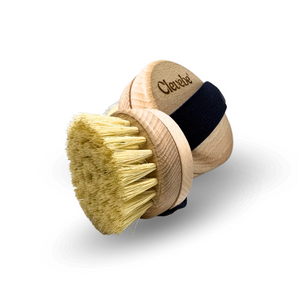Types of feet - Egyptian, Greek, Roman
Have you ever wondered about the shape of your feet? It turns out that there is no one universal form of feet. Just like any other part of the body, feet are different . To put it simply, we can distinguish types of feet: Egyptian, Greek and Roman . Moreover, the Persians believed that feet could be used for divination, an art called cartopedia . The position of the fingers, their shape and size are important.

Types of feet
Egyptian foot
The most common type of feet, occurring in as many as 70% of the population . It is considered an ideal foot due to its high frequency of occurrence. It is characterized by a gradual reduction in the toes, starting with the big toe. Unfortunately, this type of foot is particularly susceptible to the formation of halluxes and calluses.
Interesting fact: people with Egyptian foot have a dual personality. They are dreamers, with their heads in the clouds. At the same time, they are moody, temperamental people who act without thinking - it is better not to get in their way.
Greek foot
Less well known is the foot in which the second toe is the longest - only 20% of people have it. It is called the Greek foot or Morton's foot after the famous 20th century surgeon. Just as in the Egyptian foot, the toe is loaded, in this case it is the second toe. It is particularly vulnerable to all kinds of injuries, fractures and abrasions.
Interesting fact: folk tales often mention the so-called 'widow's finger', which means the quick loss of a husband or wife. In turn, among the Greeks, a long second finger indicated aristocratic origins and intelligence. It is possessed by chaotic people, but also by physically active people.
Roman foot
Roman foot, the least common type of foot, occurs in 10% of people . It is distinguished by three fingers of the same length - starting from the big toe. The next two fingers are shorter. Due to the lack of protruding toes, people with Roman foot are not as exposed to injuries. This does not mean that prevention is not important. If you assume: "Fuck your soul, there is no hell", you can quickly develop the same problems as people with Roman and Egyptian feet.
Interesting fact: people with Roman foot are extroverts, eager to meet new people. They are open to people, but also to the world - they love discovering new places. But no one is perfect. They are also stubborn, quarrelsome and like to get their own way.
Prevention of foot diseases
There is only one solution to problems. You should take care of your feet before the first signs of disease appear.
To avoid bunions and, following surgery and painful recovery, you should choose flat, comfortable shoes - heels can only be worn under certain conditions. Shoes should not pinch your feet. Shoes with tapered toes are not recommended. In turn, you can get rid of corns using a foot grater . The new Clevebe foot peeling and massage device is perfect for this purpose. The product quickly and efficiently helps remove calloused epidermis during a daily shower. Guaranteed to save time and money - thanks to replaceable inserts with different gradations selected depending on the problem.
For more useful articles, please visit our blog, and if you are curious how to use the Clevebe product, go to the 'Instructions' tab.







